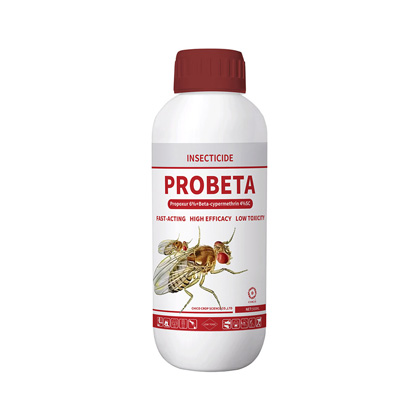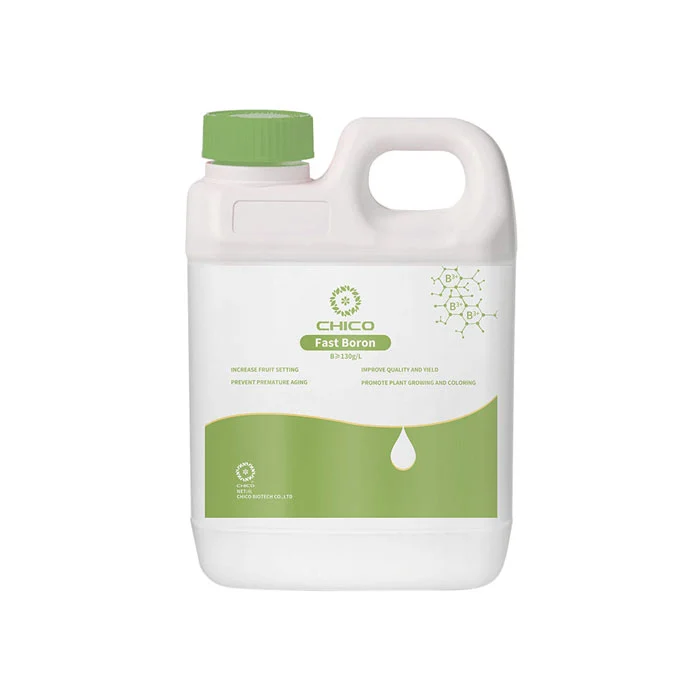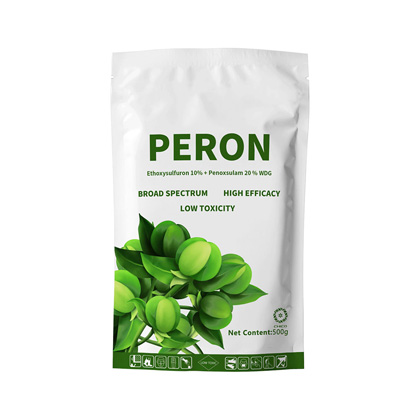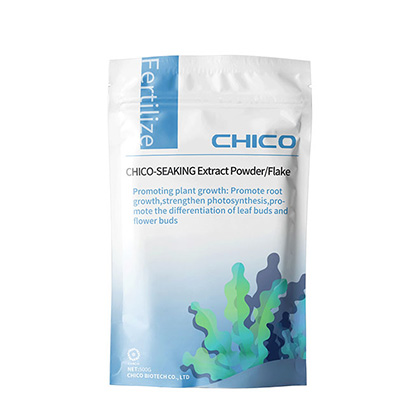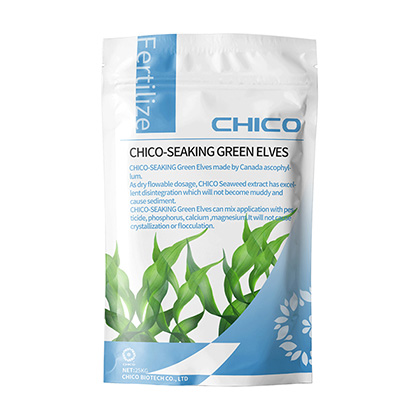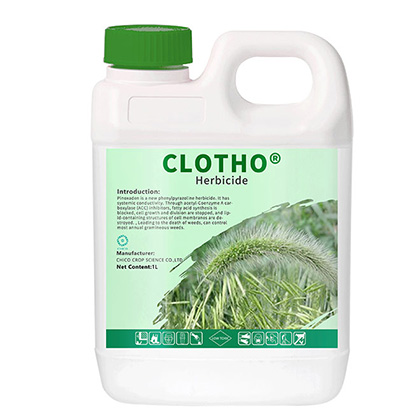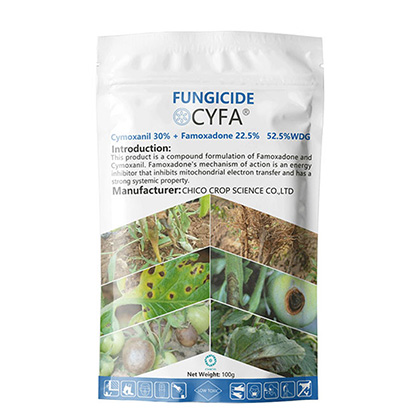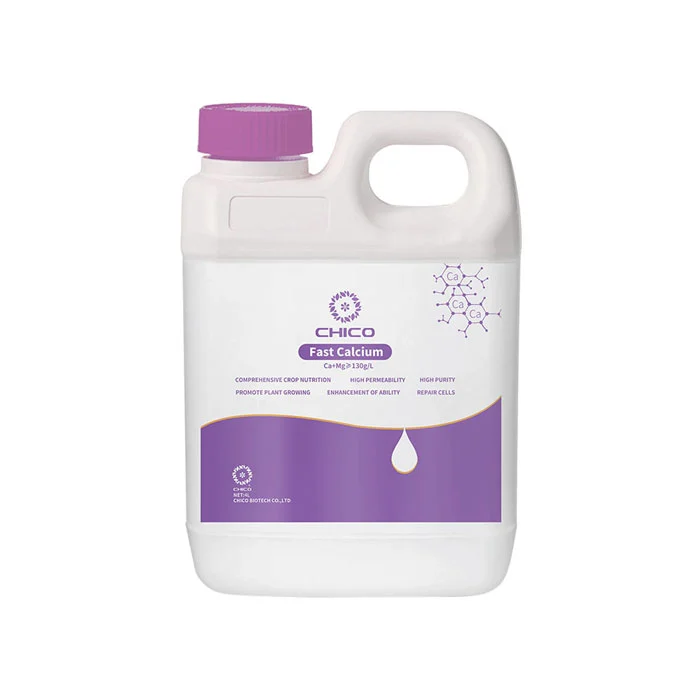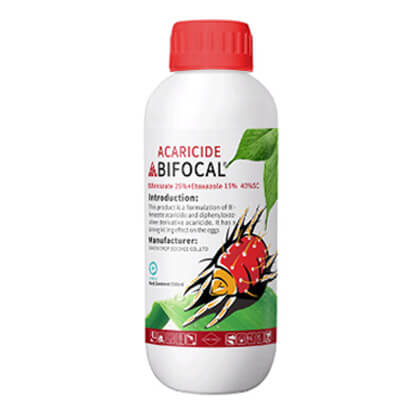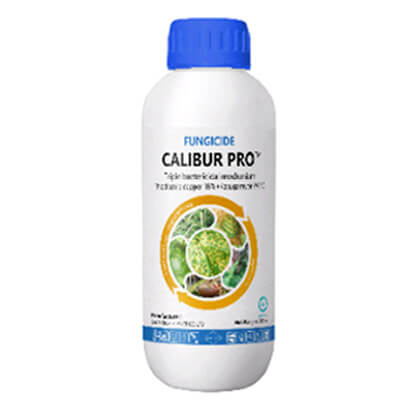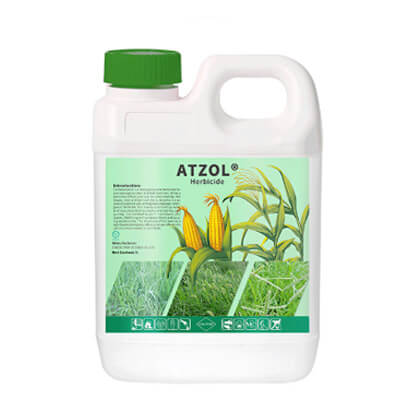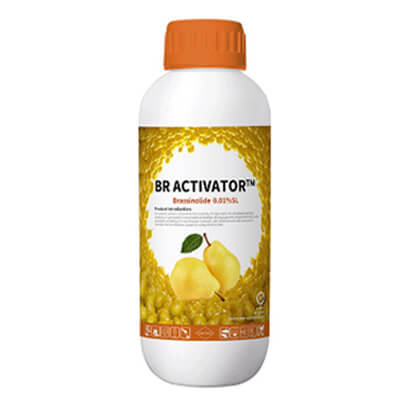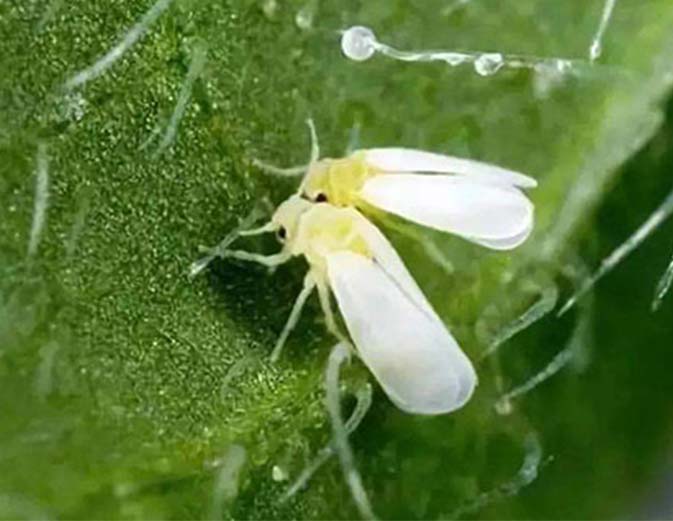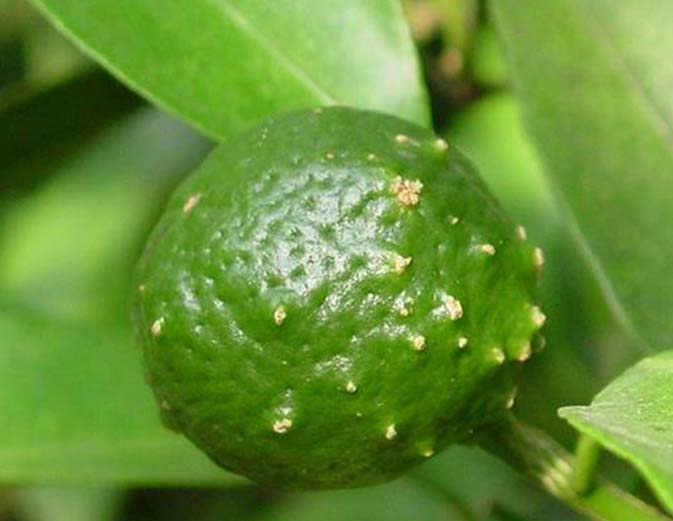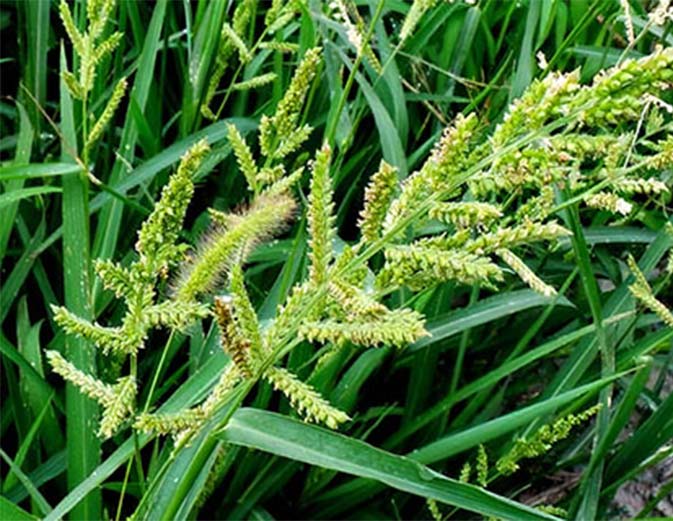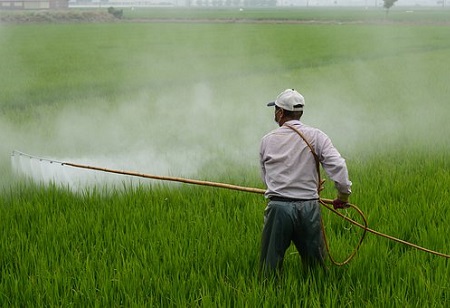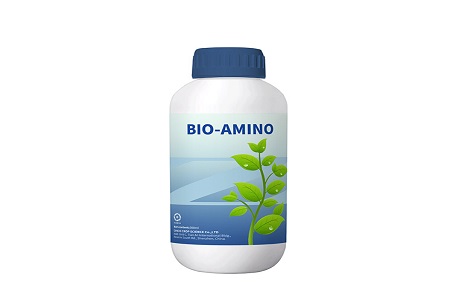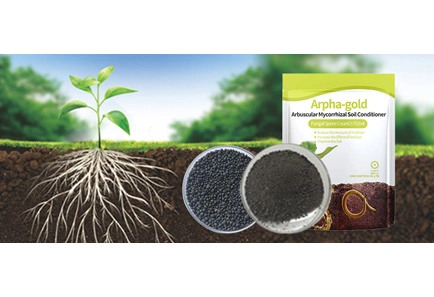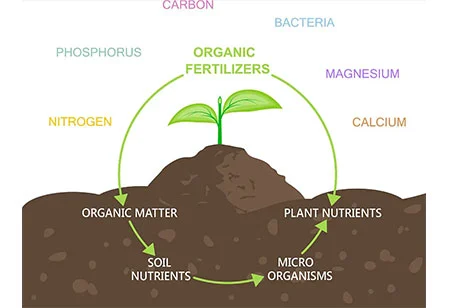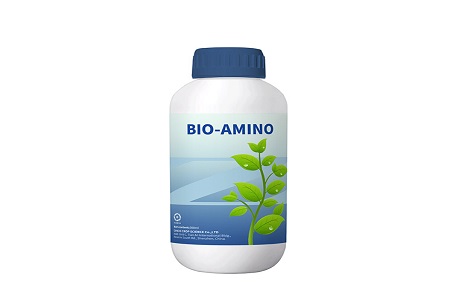
Cymoxanil Fungicide: A Comprehensive Guide to Effective Crop Disease Management
Cymoxanil fungicide is a potent weapon in the arsenal of modern agriculture, providing farmers with an efficient and reliable solution for managing fungal diseases in crops. With its targeted action against various fungal pathogens, cymoxanil fungicide has become an essential tool in crop disease management. In this comprehensive guide, we will delve into the features, benefits, and best practices of cymoxanil fungicide to help farmers make informed decisions and maximize the health and yield of their crops.
Understanding Cymoxanil Fungicide
Cymoxanil is a member of the cyanoacetamide chemical class, renowned for its fungicidal properties. As a systemic fungicide, cymoxanil is absorbed by the plant and distributed throughout its tissues, offering protective action against existing and potential infections. Its targeted mode of action disrupts the metabolic processes of fungal pathogens, effectively halting their growth and development.
The Role of Cymoxanil Fungicide in Crop Disease Management
Cymoxanil fungicide is particularly effective in managing a wide range of fungal diseases, including late blight, downy mildew, and damping-off, among others. By controlling these harmful diseases, cymoxanil fungicide helps safeguard crop health and ensures better yields, leading to enhanced farm productivity.
Advantages of Cymoxanil Fungicide
Broad-Spectrum Control: Cymoxanil fungicide provides broad-spectrum control, making it effective against a diverse group of fungal pathogens. This versatility makes it suitable for various crops, simplifying pest management practices for farmers.
Long-Lasting Residual Activity: The systemic nature of cymoxanil enables it to remain active within the plant for an extended period after application. This ensures continuous protection against potential infections, reducing the need for frequent reapplication.
Resistance Management: Proper use of cymoxanil fungicide can aid in resistance management strategies, minimizing the development of resistant fungal strains over time.
Best Practices for Cymoxanil Fungicide Application
Integrated Pest Management (IPM): Implementing cymoxanil fungicide as part of an IPM program enhances its effectiveness. Integrating various pest control methods, including cultural, biological, and chemical measures, creates a holistic approach to disease management.
Proper Timing and Dosage: Applying cymoxanil fungicide at the right stage of crop growth and using the recommended dosage ensures maximum efficacy while minimizing the potential for negative impacts on the environment.
Cymoxanil fungicide, such as famoxadone fungicide has proven to be an indispensable tool for crop disease management, providing farmers with a powerful means of combating fungal pathogens and ensuring healthy and productive crops. With its broad-spectrum control, systemic action, and long-lasting residual activity, cymoxanil fungicide is a valuable asset for modern agriculture. By integrating cymoxanil fungicide into an IPM program and adhering to best practices and safety guidelines, farmers can effectively protect their crops while promoting sustainable and environmentally responsible agricultural practices. As farmers continue to face the challenges of crop protection, cymoxanil fungicide remains a trusted ally in the pursuit of higher yields and healthier harvests.
